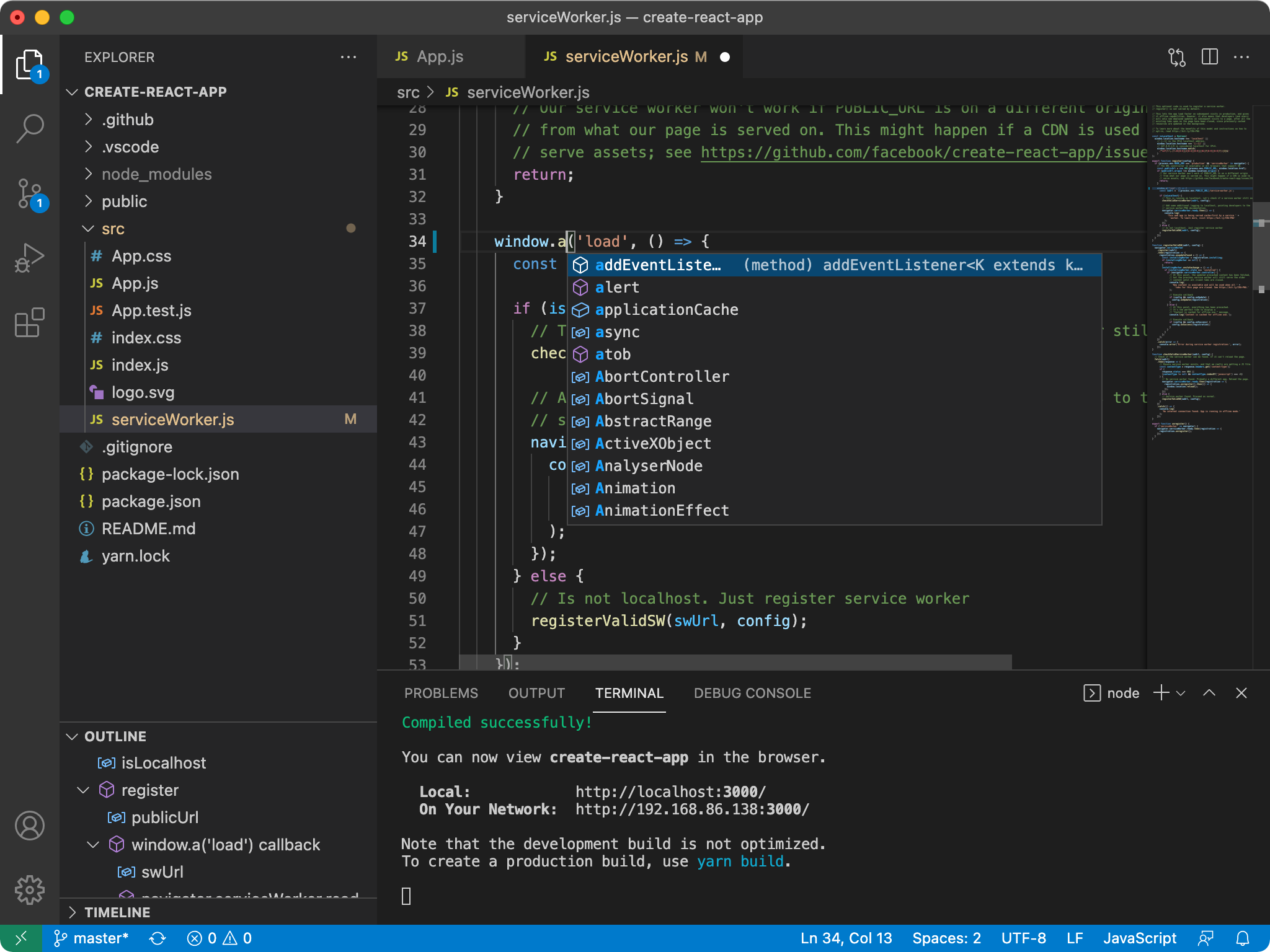Category: Uncategorized
-

Server-Side Rendering (SSR) with JavaScript Frameworks
Discover the power of Server-Side Rendering (SSR) with popular JavaScript frameworks like React and Vue.js. Explore the benefits of SSR, including improved performance, SEO, and initial load times. Learn how to implement SSR with Next.js for React applications and Nuxt.js for Vue.js applications to provide users with faster and more engaging web experiences.
-

Asynchronous JavaScript with Promises and Async/Await
Explore the world of Server-Side Rendering (SSR) with popular JavaScript frameworks like React and Vue.js. Learn how SSR can boost performance, SEO, and initial load times by pre-rendering content on the server. Discover how to implement SSR with Next.js for React applications and Nuxt.js for Vue.js applications.
-
Performance Optimization Strategies
Website performance plays a crucial role in providing a fast and smooth user experience. Optimizing your website’s performance not only improves user satisfaction but also positively impacts search engine rankings. Let’s explore some effective performance optimization strategies, such as minification and compression, image optimization, caching, lazy loading, and code optimization.
-
Responsive Web Design Techniques
Responsive web design is an approach to design and develop websites that adapt to different devices and screen sizes, providing an optimal viewing and user experience. Let’s explore some essential techniques, such as fluid layouts, media queries, and mobile-first approach, to create responsive web designs that work seamlessly across devices.
-
Web Accessibility Best Practices
Web accessibility is the practice of designing and developing websites and web applications that can be accessed and used by people with disabilities. Implementing web accessibility best practices ensures that your content is available to a wider audience and provides an inclusive user experience. Let’s explore some essential web accessibility best practices.
-
Cross-Browser Compatibility and Vendor Prefixes
When developing web applications, it’s essential to ensure cross-browser compatibility, as different browsers may interpret CSS and JavaScript code differently. One area where cross-browser issues commonly arise is with CSS features that are still in development. Let’s explore cross-browser compatibility and how vendor prefixes can help address these issues.
-
Working with CSS Transitions and Animations
CSS transitions and animations provide a powerful way to enhance the interactivity and visual appeal of your web pages. They allow you to create smooth transitions and animated effects without JavaScript. Let’s explore how to use CSS transitions and animations to bring your web pages to life.
-
Creating Elements with createElement and Appending with appendChild
When building dynamic web content or manipulating the DOM, creating new elements and appending them to the document is a common task. JavaScript provides the createElement and appendChild methods to accomplish this. Let’s explore how to use these methods to dynamically generate and insert elements into your web pages.
-
Working with Typography
Typography plays a vital role in web design, enhancing readability and setting the tone of a website. In this post, we explore various aspects of working with typography, including choosing and applying fonts, adjusting typographic properties like line-height and letter-spacing, and implementing responsive typography for different screen sizes. By mastering these techniques, you can create…
-
Building Responsive Layouts
Responsive web design is essential in today’s multi-device world. In this post, we dive into the world of building responsive layouts. Topics covered include an introduction to responsive web design, using media queries to adapt layouts, and implementing flexible grids and fluid layouts. By applying these techniques, you can ensure your website adapts seamlessly to…